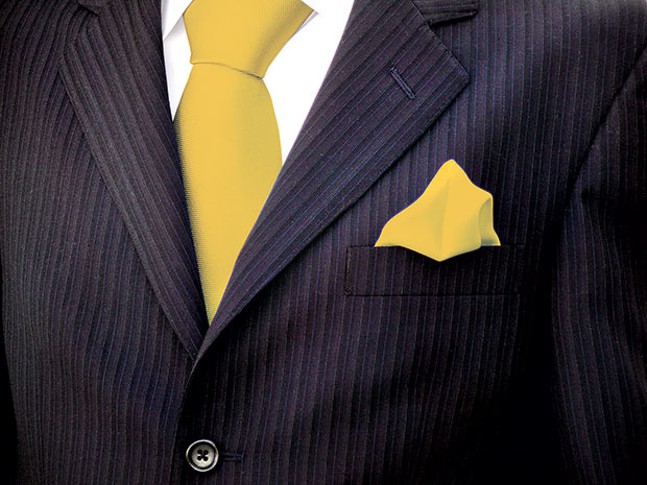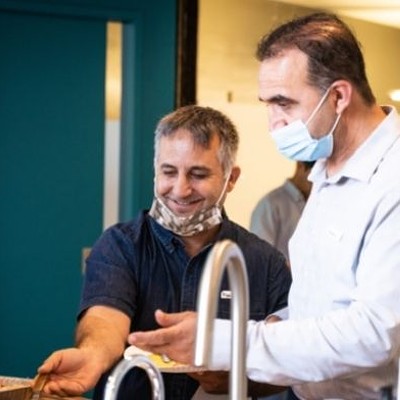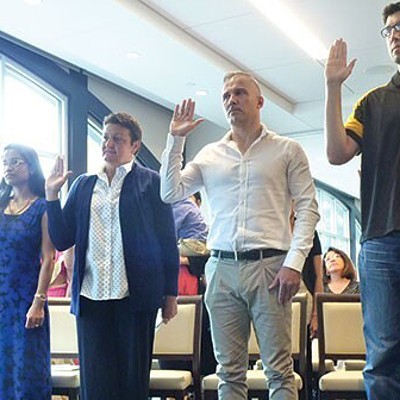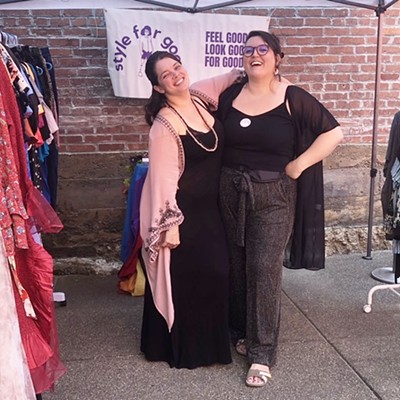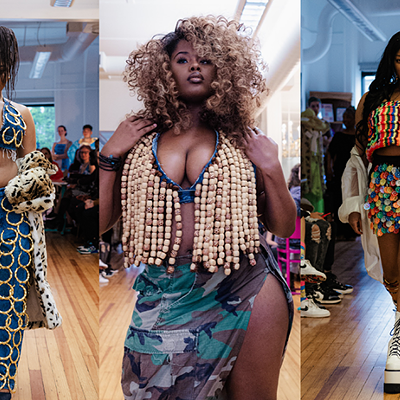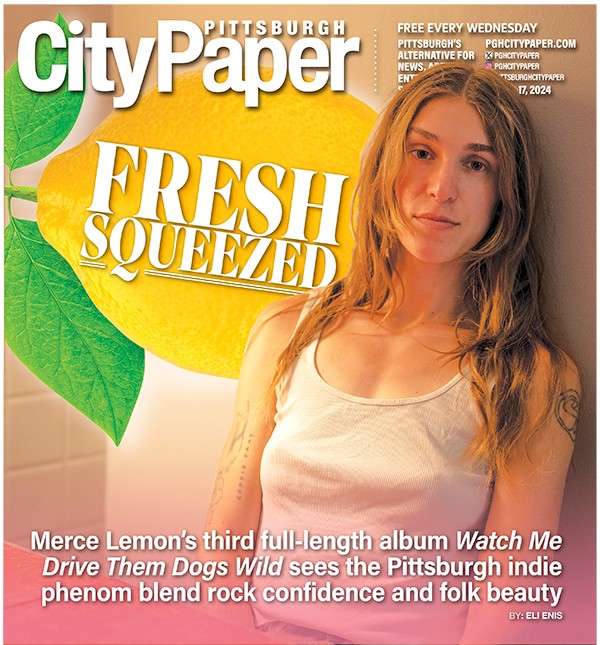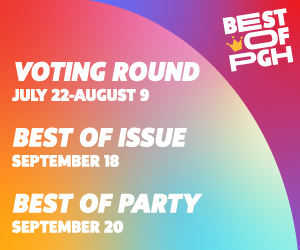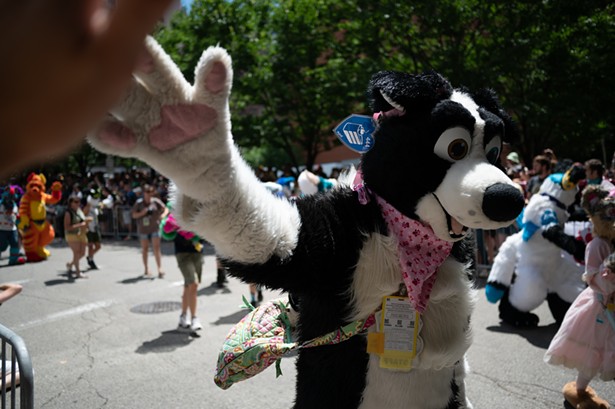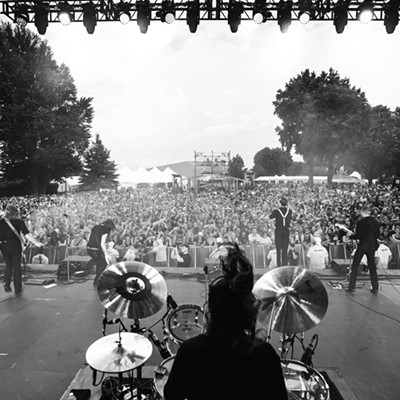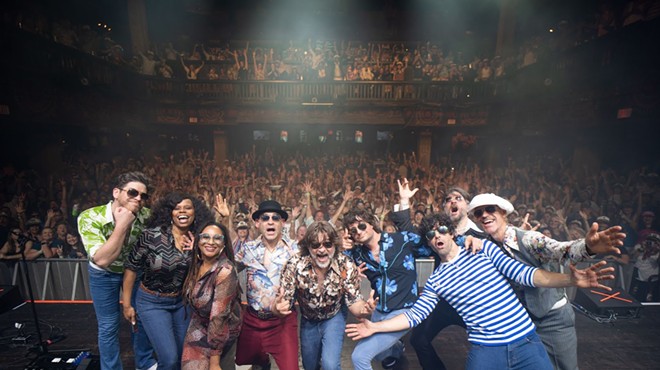Walking outside an astonishing palace in India, a group of colorfully attired men captured my attention. I quickly grabbed my camera as they walked closer. A tall gentleman in green stopped in his tracks and pointed. In unison, the men slowly turned their heads, looked at me and then at my camera. I hesitated, thinking they would tell me to stop. Instead, as if silently choreographed, they posed.
One click.
Perfection.
They understood their beauty.
Men are beautiful.
I love their voices; the way their arms and hands move, balletic or trained like an artisan smith; the place where the neck meets their shoulders; the way clothes drape on the male form, a perfect white shirt cascading over the back, biceps, triceps … stunning.
Most male species understand this beauty birthright. If you look at the male lion’s mane or the blue-green, gem-like plumes of the peacock, it’s evidence that Mother Nature made an extra effort on male allure. But somehow the American man and many Pittsburgh men don’t seem to get this point. You have a gorgeous canvas, why not work it?!
In part it has to do with the white European patriarchy and some religions. Men’s attire was more colorful throughout human history and remains so in many parts of the present-day world. In the 1800s-Europe, men wore plumes, not women. When women started wearing feathers in their hats and hair — they were a phallic symbol and sign of male power — surprise! Men stopped wearing the feathers.
Thus, began the slow decline in Western male fashion. Caring about how you look is equated with being feminine. The austere lifestyle of many Protestant immigrants to what became the U.S. fueled a desire to refrain from embellishing the body. Cleanliness meant you had to strip away the bling, baby.
This process of austerity continued with Colonization. It stripped away language, customs, built environment, spirituality, material culture and clothing styles from peoples all over Africa, Asia and the Americas. Where I design with the Maasai in Kenya, traditional leather clothing has disappeared. Here in the U.S., there is a history of Native Americans being forced to cut their hair, not speak their language or practice their traditional spirituality. All of this is formed by clothing; what you admire, what you value, is reflected in how you dress.
In a sports-crazed town such as Pittsburgh, wearing a team jersey is almost considered formal attire. I offer an alternative view, a more nuanced version of the Black & Gold.
Black is universally flattering and it comes in many shades — seriously. Replace a team jersey with a fine-fitting (for whatever body you possess), quality, jersey-fabric collarless shirt. Option: black linen or cotton, with a collar. No logos, please iron.
Grab a nice pair of black trousers, tailored shorts (LeBron James looked sexy AF before Game 1 of the NBA Finals) or well-fitting black jeans. For the gold, a nice belt buckle or, dare I suggest, some jewelry — a bracelet, watch chain fob, earring, or vintage signet ring. Simple, elegant. You can jazz up the same outfit by putting on a black linen blazer with a pocket square or gold pin. Option: a nice three-season cotton or wool blazer. Just thinking about it makes me smile. Sexy, yes.
Make an effort. Consider the space. Occupy the eyes that gaze upon you.
You’re beautiful, show us how much.
Tereneh Idia is a contributing columnist. Follow her on Twitter @Tereneh152xx.

